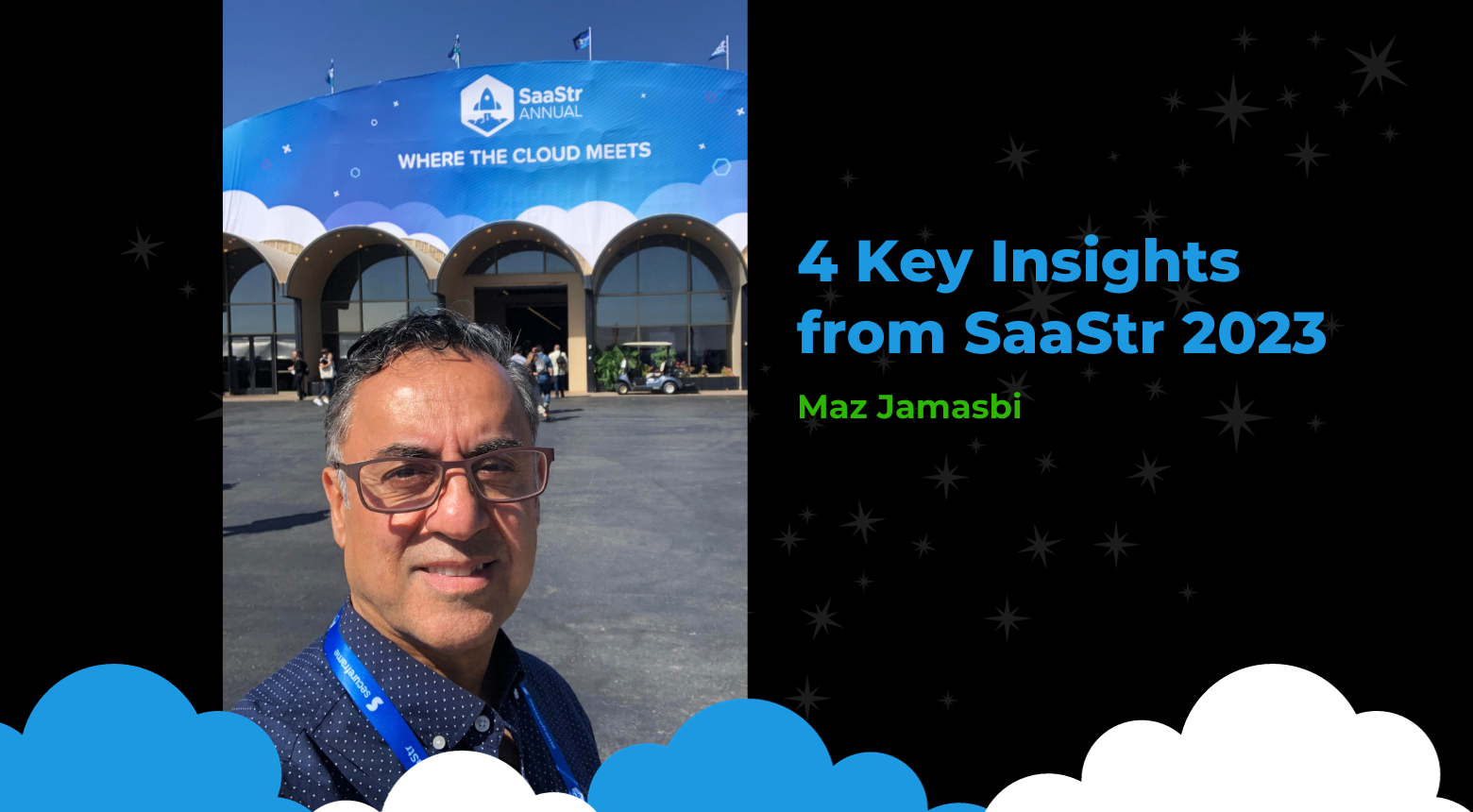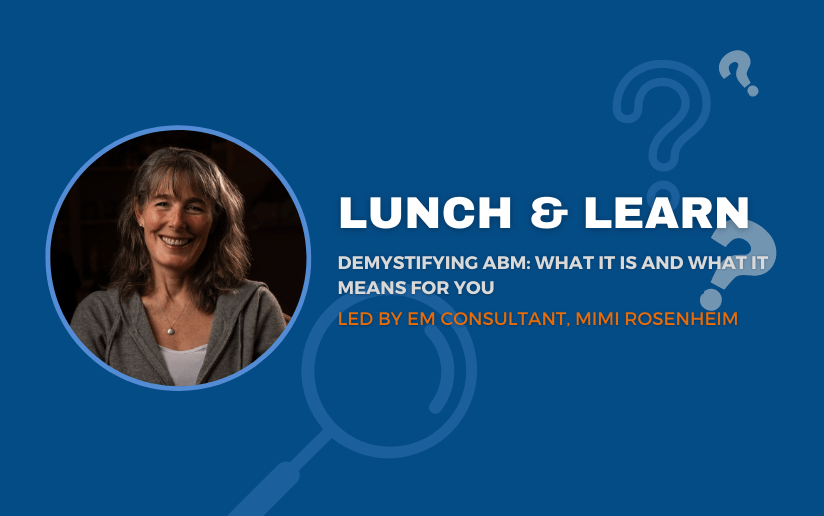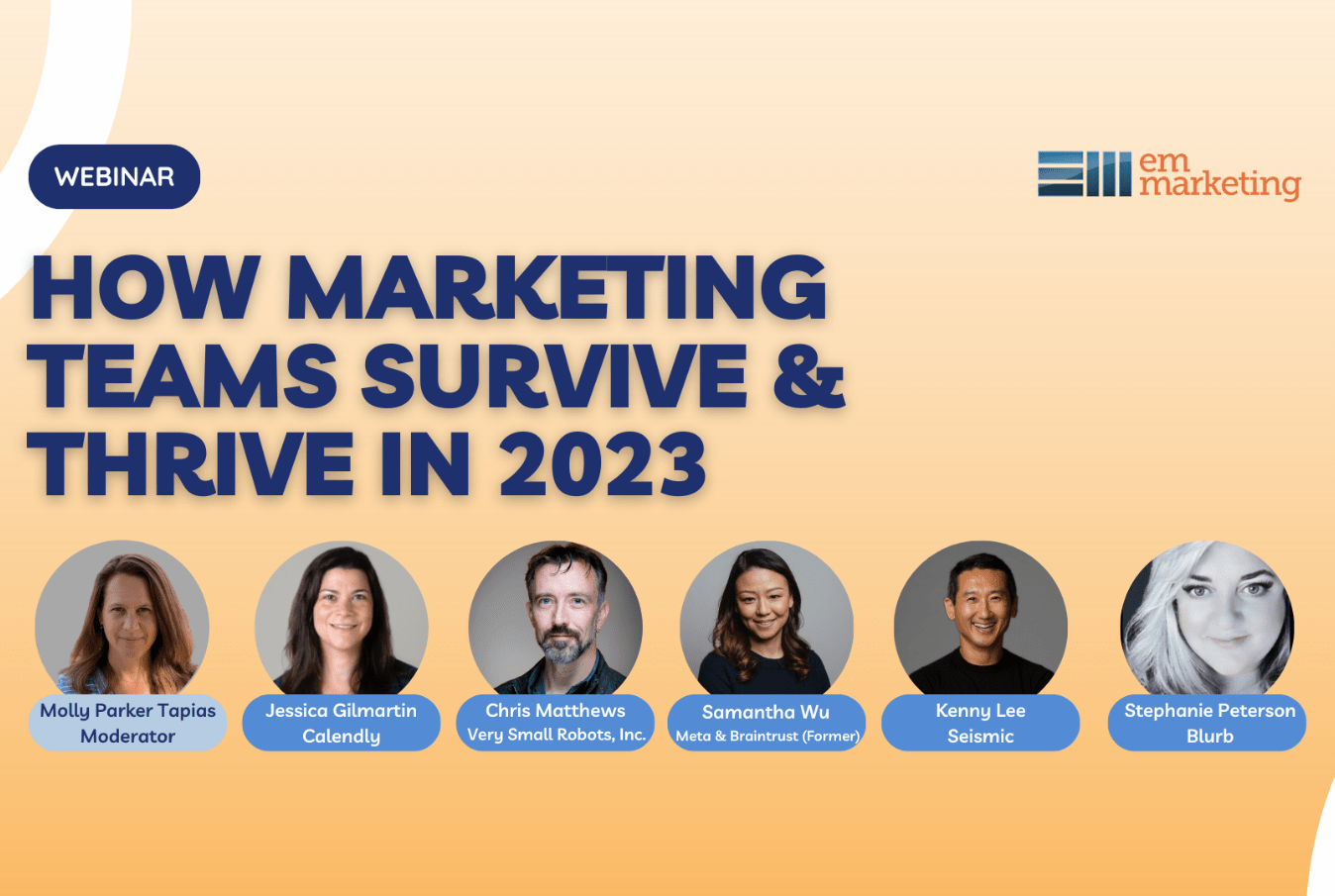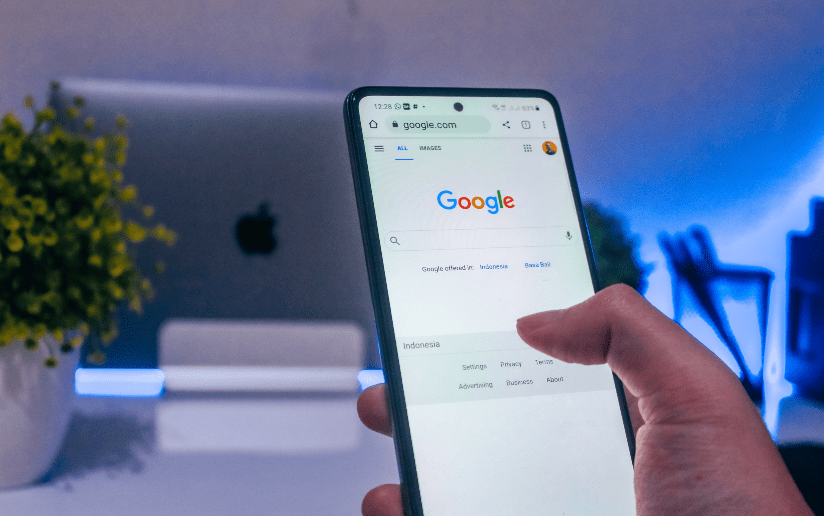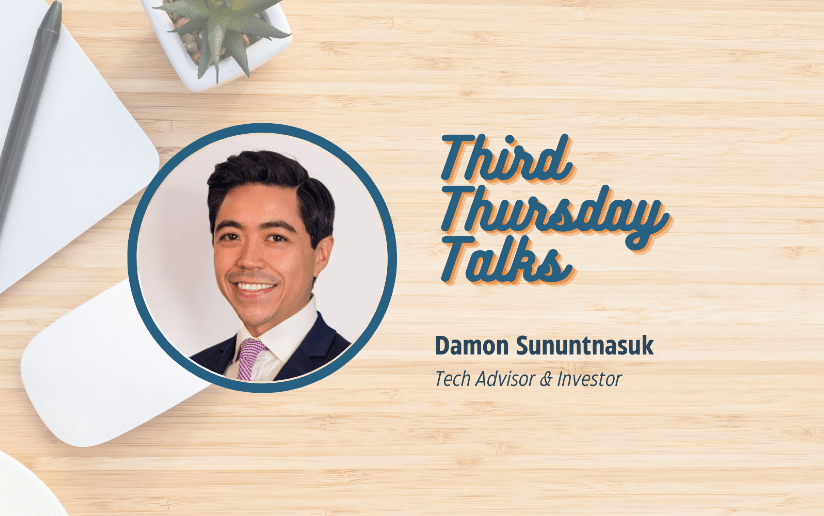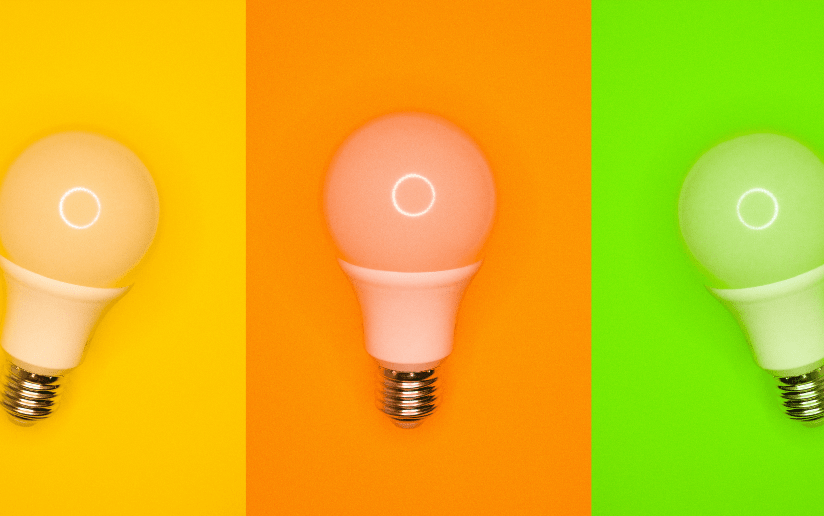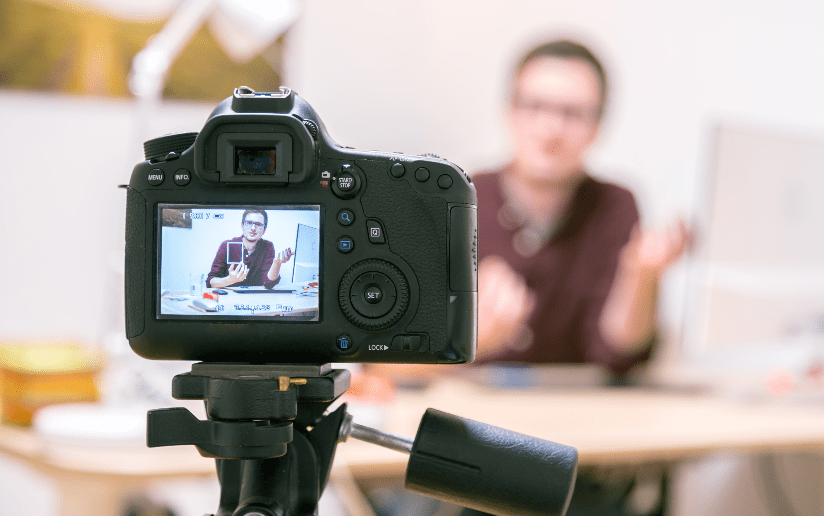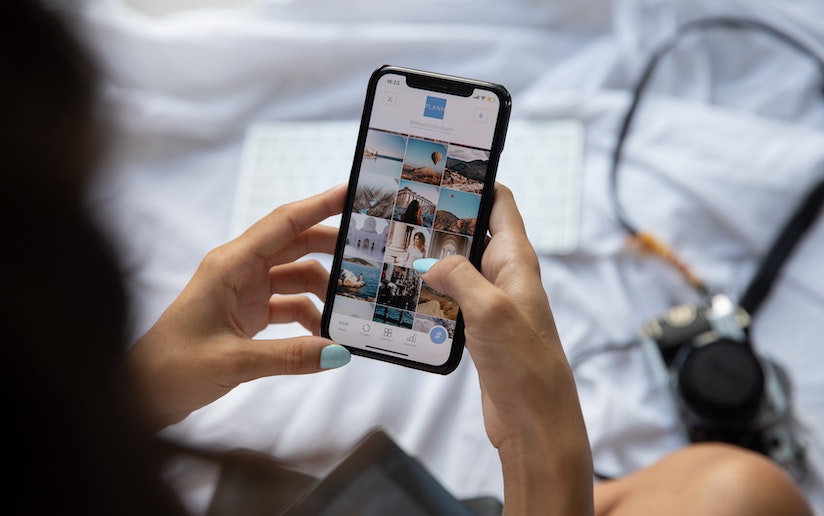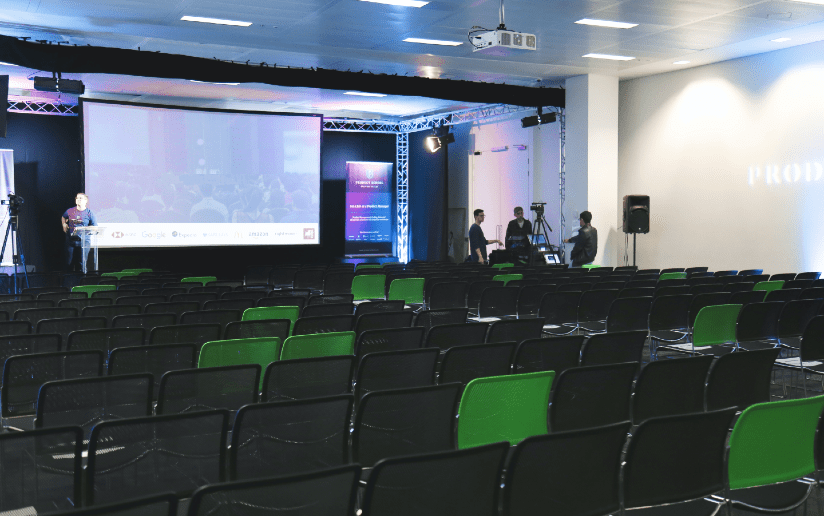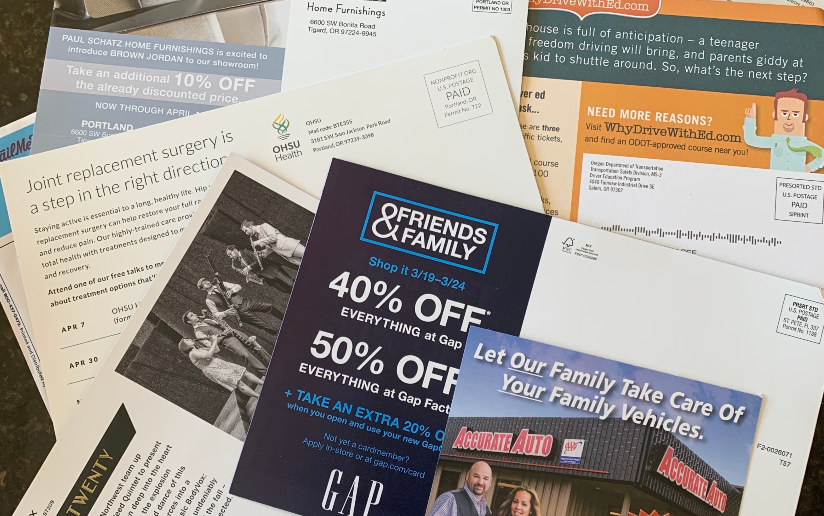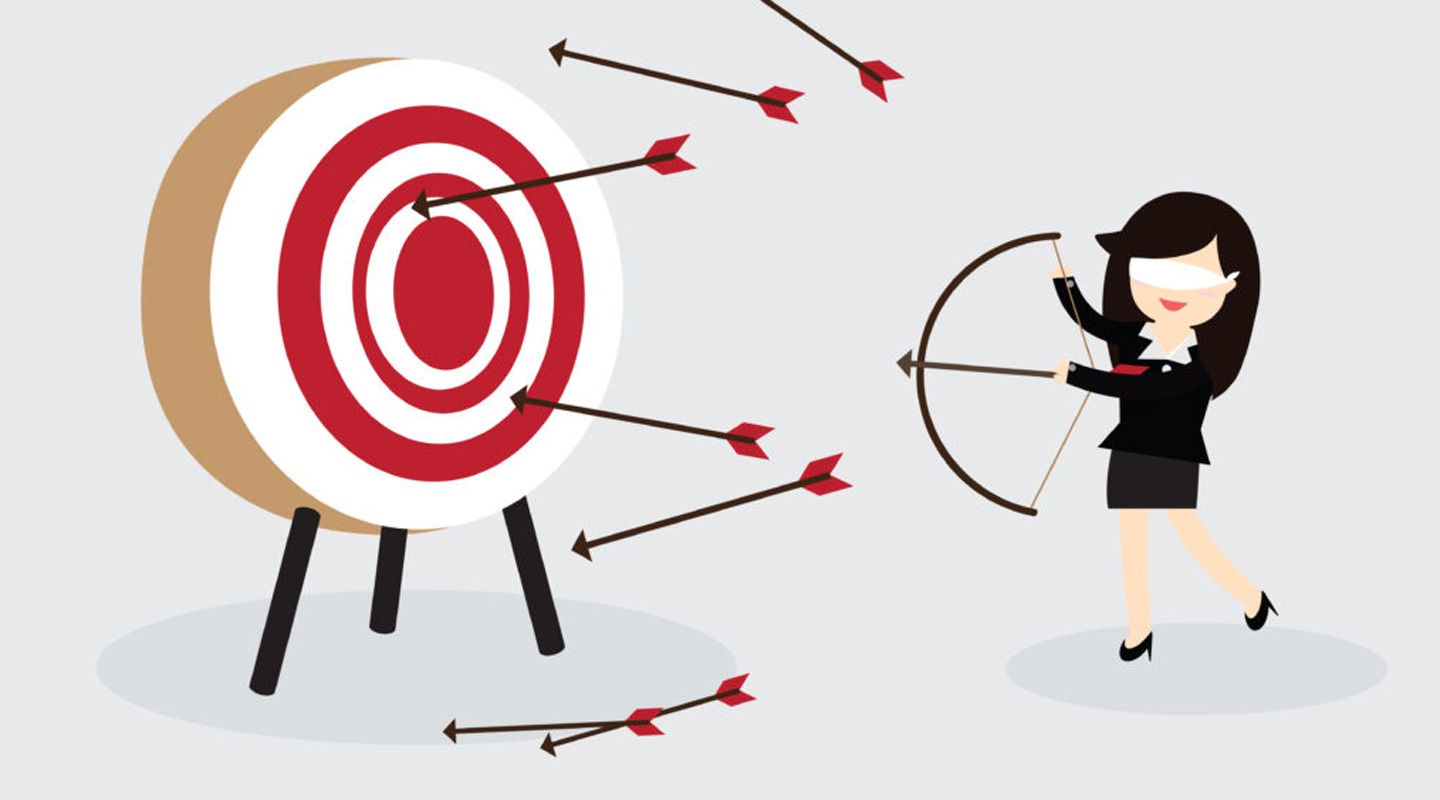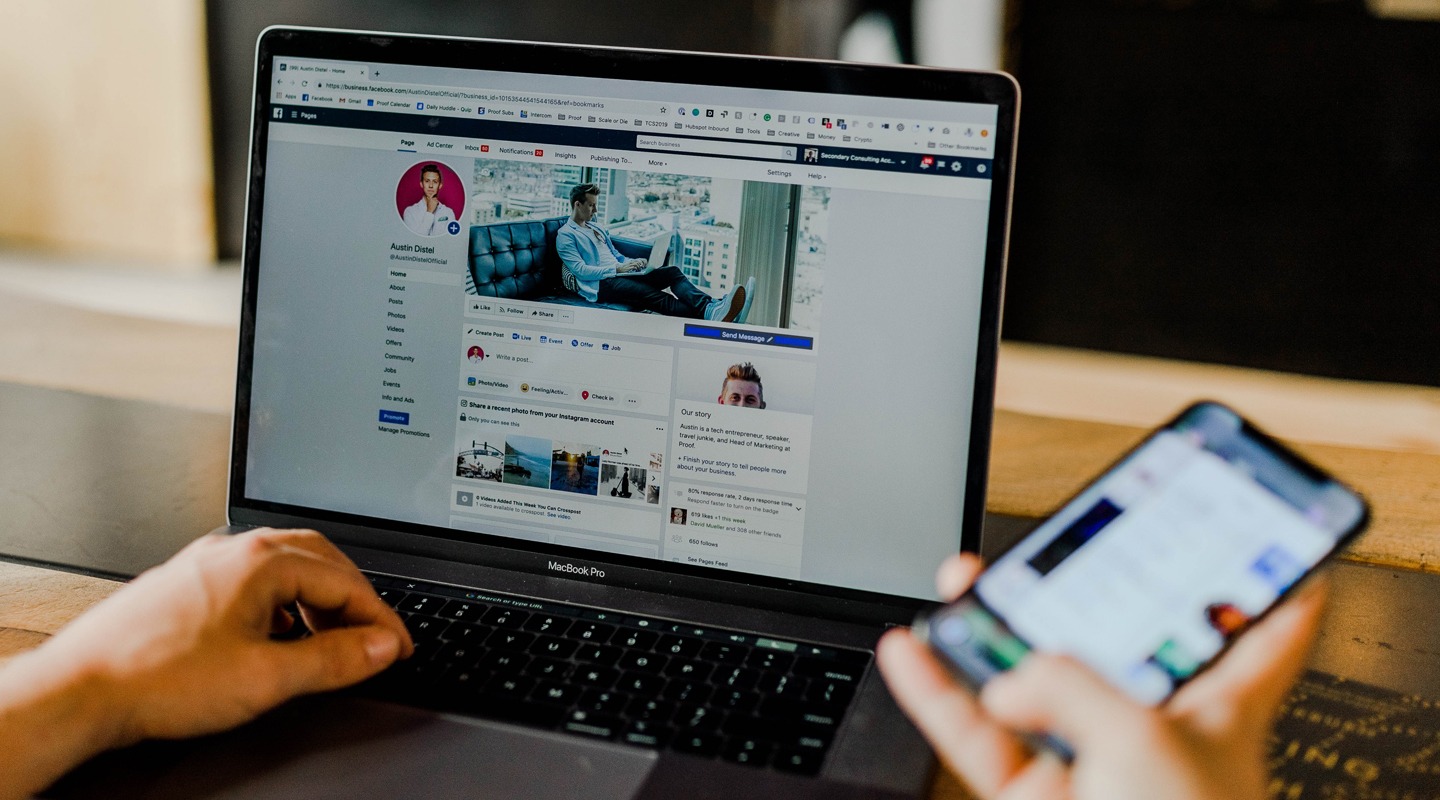
6 Tips for Improving Facebook Ad Performance Now
Can anything stop the Facebook juggernaut? Despite almost four years of bad PR; a host of government inquiries into its practices; the pandemic and this past summer’s highly publicized #StopHateForProfit advertiser boycott, as an advertising platform Facebook is untarnished. While ad rates declined somewhere between 15-25 percent in March at the outset of the pandemic, they recovered by April and revenue growth resumed as some advertisers increased their spend to take advantage of the reduced rates, and tech, ecommerce and gaming advertisers stepped up to fill the void left by travel, hospitality and other sectors hit hard by the pandemic.
Even the boycott, which more than 1,000 advertisers (out of nine million) publicly joined, barely nicked revenue. No matter how you feel about the company and the platform, Facebook remains the number one most versatile, cost-effective platform to use for most products. Most advertisers are hard pressed to reach enough customers without it and/or its subsidiary Instagram, so you need to be there.
That said, here are some of my recent learnings from working for clients on the platform, some blocking and tackling, and other nuances you may not have thought about.
1. Watch for Facebook v. Instagram performance differences.
One of my clients has a beverage product that they sell in retail stores and direct to businesses. With everyone out of the office, sales to businesses dried up, so we launched some very broad campaigns in a couple of their target markets, running similar ads on Instagram and Facebook. We showed the same ads to the same group of people on both platforms.
One of the things that surprised me is that the rate that we pay to put the ads on Instagram and Facebook is about the same — about a $2 CPM — but the click through rates on Facebook ads are triple the clicks on Instagram. Maybe it shouldn’t be surprising; if you’ve used both platforms at some level you know that Facebook is more click friendly whereas Instagram is more about scrolling and people don’t click out of it as much. But it’s stark to see how big the difference was in the stats from this campaign.
The key takeaway: A lot of advertisers treat these platforms as similar, and sometimes they are. What I saw in this case was if you want to have something displayed, Instagram and Facebook are similar, but to get a click through and to take an action afterwards, Facebook was three times more effective. That’s a difference worth exploiting, and so it is the kind of difference worth looking for.
2. Set the right objective.
One of the things I’ve been reminded of recently is that when setting up Facebook campaigns it is very important to make sure you set the objective right. Facebook’s machine-learning algorithms are very good at getting you what you want. There are people that are more likely to buy and there are people who like to look and to click, but never buy, and Facebook knows which each of those are.
If you say that your objective is to maximize the number of people who see your ad, it will do that for you at the cheapest possible cost. But if your objective is trying to sell products online, you want to make sure that you’ve got the Facebook conversion pixel set up in your online store so it can find people who buy your product.
If you accidentally say you want clickers, but what you really want is purchasers, Facebook’s going to optimize towards the people who aren’t going to purchase, who just like to click a lot, because you’ve told it you want cheap clicks. Not only that, it’s going to optimize away from people who buy, because those clicks are more expensive. So, even though you’re getting cheap clicks by optimizing, in the end it could make things expensive for you because you’re spending money without getting what you want.
3. Mobile, mobile, mobile.
It feels like saying this in 2020 is beating a dead horse, but I wouldn’t say it if some people still didn’t need to hear it: you’ve absolutely got to be sure that your site and your cart and your payment experience work in the mobile environment or you’re wasting a good part of your ad spend. Approximately 80 percent of Facebook traffic is going to be mobile, so you’re wasting your investment if you don’t have a good mobile experience.
And if you have a dollar to invest, invest in your app ahead of your website. You get the icon on your screen and you get push notifications and the experience has typically been designed better. When you download an app, it usually ends up being stickier in the long run.
One of my clients had both a web and an app experience. The app was fairly new and didn’t convert as well and was more expensive to get customers. But, when they came in, they stayed around longer. Finally, the app just got to the point where the experience was much, much better. Now we’ve almost shut off all the spend against the web version of the product, because while initial acquisition costs are similar, the experience after that first interaction is two to three times better on the app. The app gets people to come back and interact with your product in a deep and meaningful way, and that is what you should always be focused on — the lifetime value of a customer.
Not every business lends itself towards being app, but if an app is in the realm of possibility, think hard about investing your effort and money there.
4. Mind your aspect ratios.
Speaking of the differences between Facebook and Instagram, and desktop and mobile, it’s very important that you pay attention to the aspect ratios on your videos and images. This can be a big driver in ad performance on different platforms, because the characteristics of each platform cause people to interact with images differently.
If you don’t provide the right size images, the platform will auto crop them, and you might not like the results, especially if text or other important elements are in the margins of the photo.
Many advertisers will default to square, since that will work on both platforms, but it’s better to iterate images in two sizes: Square, and in a 4:5 aspect ratio. Phones are typically held vertically in one hand, which means you need a longer, skinnier photo, as opposed to a wide one that takes up more real estate. A 4:5 image will take up most of the screen on many different types of phones, and that gives your image more distraction-free space as people are scrolling.
Both platforms will A/B test the two different sizes to see which one performs the best. The preference for square is very strong on Instagram, but not always. On Facebook, the 4:5 image tends to perform better.
Be aware that once Facebook finds something that it likes a little bit better, it will then divert all resources into that image, so it’s hard to perform a true A/B test because the images don’t get served equally. But don’t let that stop you from experimenting with how any given image will perform in those different aspect ratios in each platform. That can lead to a big boost.
5. Copy post engagement.
Here’s something I learned the hard way: the same ad can have hugely different performance based upon how people have reacted to it. Comments; likes; dislikes; hiding your ad, or marking it irrelevant — all of those engagement signals are very powerful in Facebook’s algorithm and they influence how it shows your ad and how much it’s going to charge you to show the ad.
And so, generating positive comments and then retaining them when you make a copy of an ad turns out to be hugely important, as I learned when I failed to select “copy engagement” when copying a very successful ad. To be able to copy the engagement is a fairly new option, and it turns out it’s very important to do that when you’re running at scale because that engagement history is critical to ad performance.
One downside of this capability is that once you’ve got an ad that has tens or hundreds of positive comments, it gets very difficult to perform an A/B test with a new ad because that buildup of goodwill and credibility against that ad is so powerful.
If you want set up a good test, you can copy the ad without any of the engagement and then test it against some other piece of creative. The problem is, even if the new ad performs better on a level playing field, it will be hard to get away from the old ad with all the engagement. You should be very cautious about turning off that ad with the engagement, because that engagement is so powerful
How can you get all this positive engagement? That’s the million-dollar question.
6. Go straight for the sale.
In the last few weeks, I’ve come across a couple of companies about to launch a new consumer product and they wanted to build up some buzz ahead of the actual launch.
They were thinking about investing in “coming soon” type ads to collect emails, and then when the product actually comes, they’ll have a ready-made group of people they can contact and get them to buy the product.
This seems logical, but I advised them both against it. I don’t think it’s a good use of money. Here’s why: when you’re paying for lead gen–to get someone to say they’re interested and get their email address and permission to contact them later, that typically costs a quarter of what it would actually cost you to get someone to buy the product in the first place.
And then you launch your product a month or so later, and those people have forgotten all about it. About 10% of them open email and 10% of those click through, and then some percent of those actually buy. Unless there’s something out of this world about your product, the funnel efficacy of turning an email list of interested people into buyers is going to be terrible.
You’re better off spending the money when you launch and can actually sell the product. This is likely to be much more efficient than trying to do the double step of building up interest and then trying to sell them again later on.
Despite its many detractors and its ongoing PR woes as a social media platform, Facebook the ad platform just goes from strength to strength. And for good reason: It outperforms all other mediums for a huge spectrum of businesses.



